Protecting our Oceans
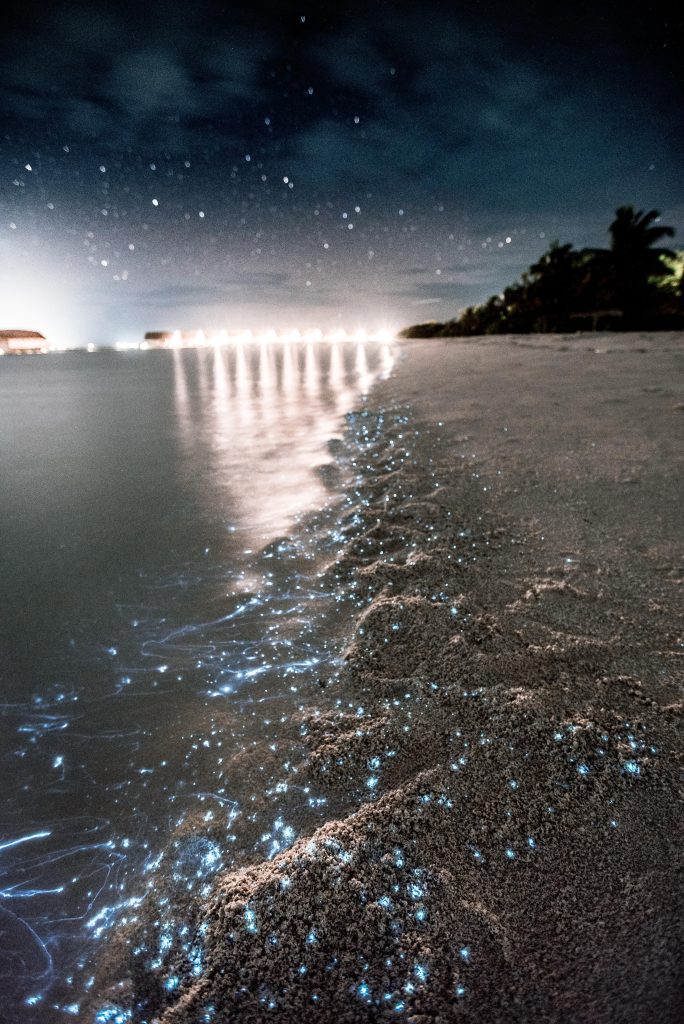
Our Nullarbor road trip from SA to WA and back again, more than a decade ago, was one of our best road trips ever. As a lifelong whale lover, the 148 whales in the Bay at the Head of the Bight was the pinnacle for me – Yes, 148! Across my life, I’ve gazed out across the ocean seeking a glimpse of a whale from the Great Ocean Road, to Encounter Bay, to Warrnambool, and across the Nullarbor. I could spend days just waiting to have that one moment of magic. It’s a deeply emotional connection for me.
And now, a new story idea featuring the Southern Right Whale and Humpback Whale, is emerging from my fingertips. Stay tuned!
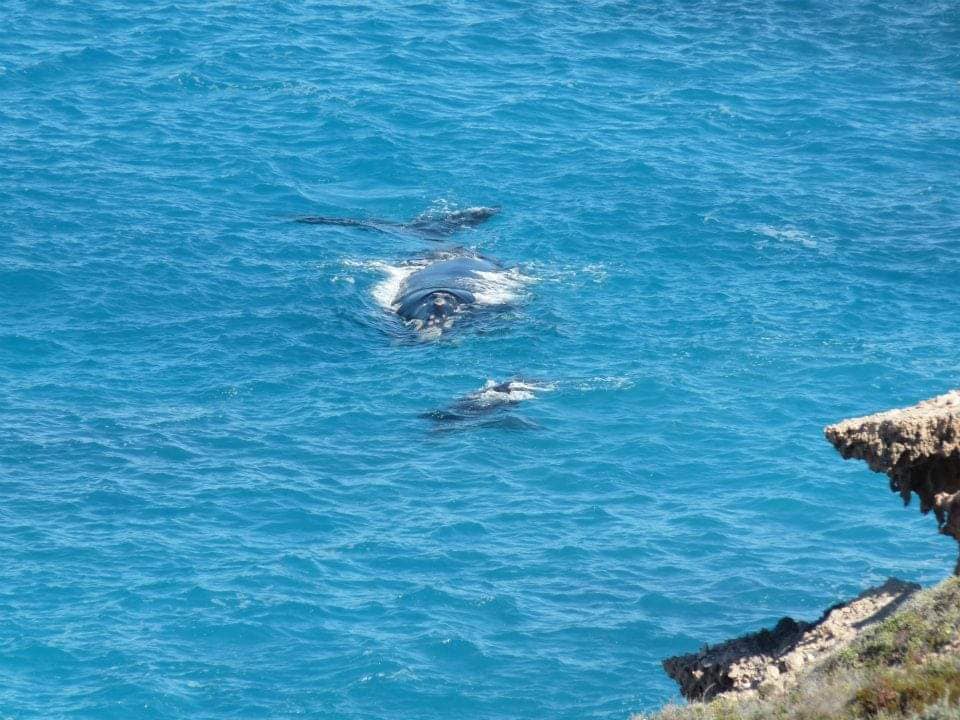
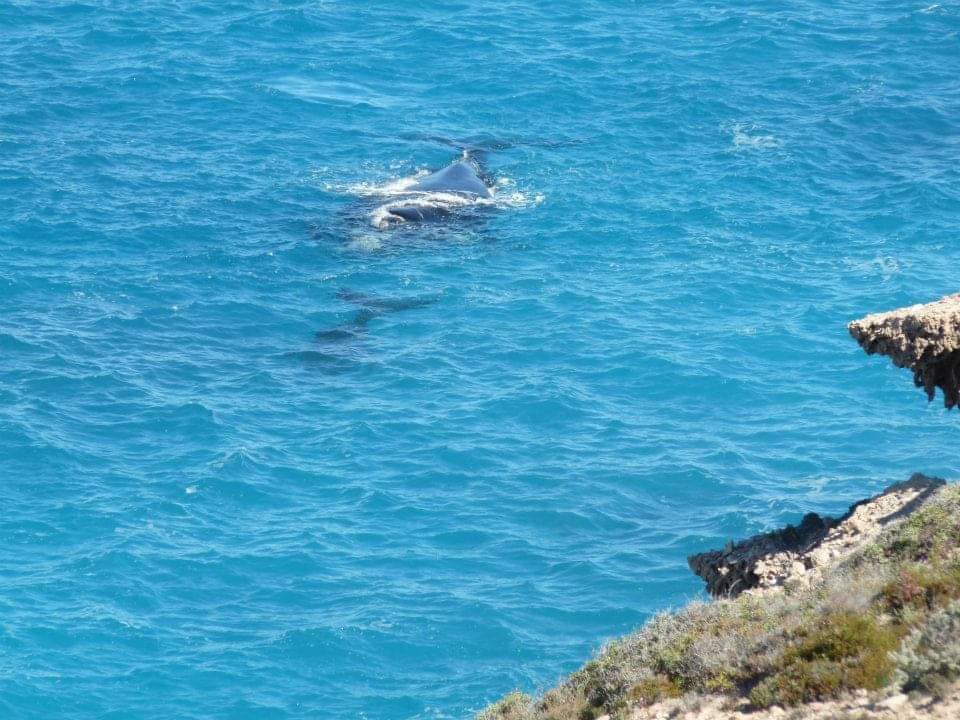
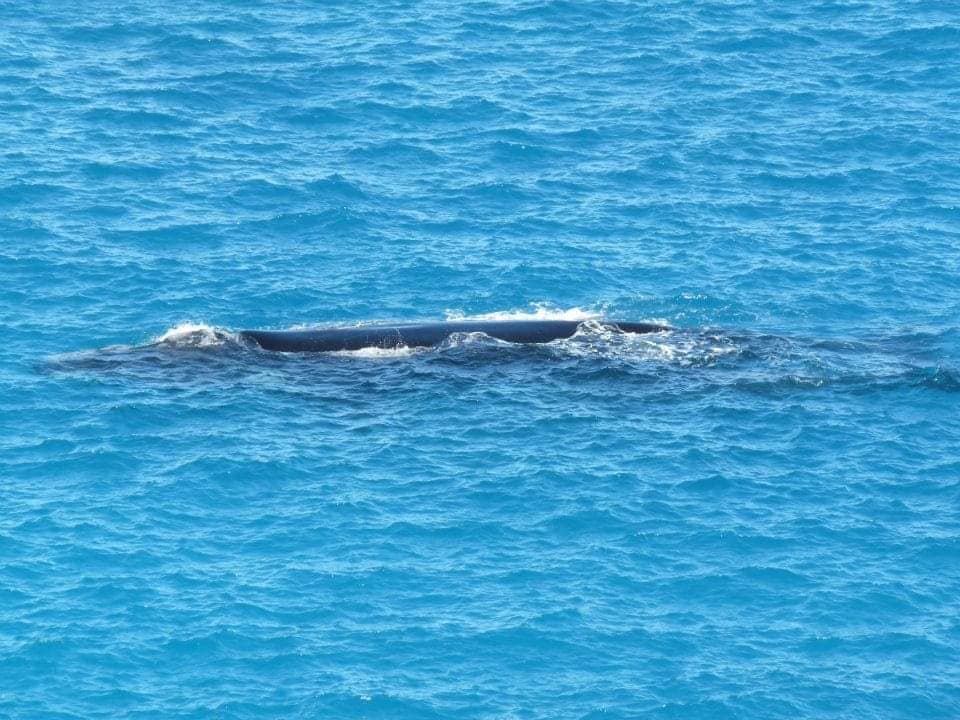

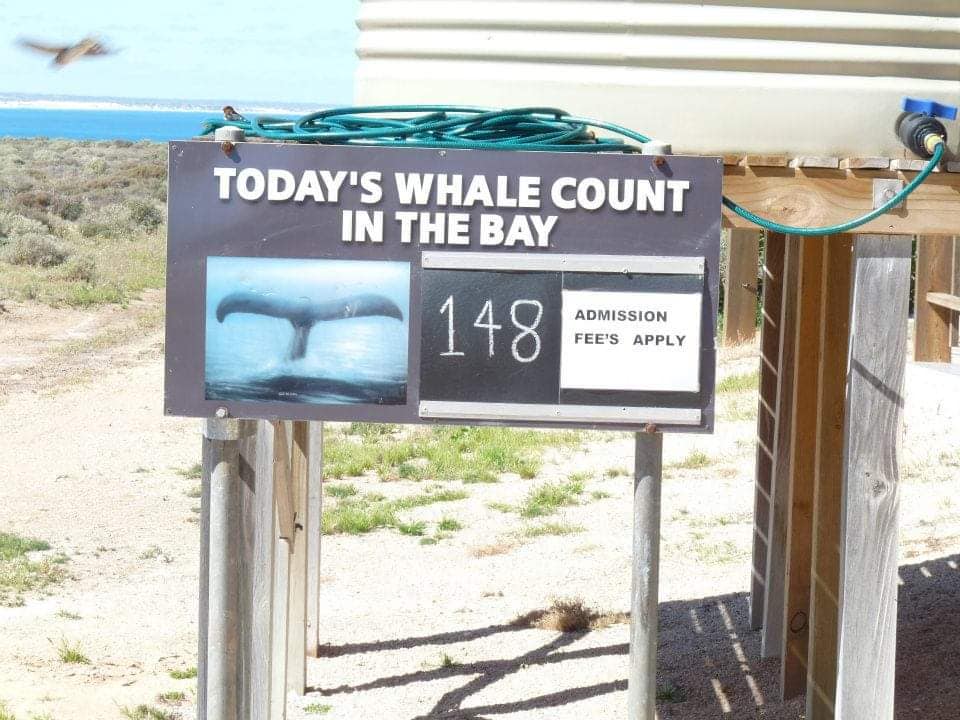
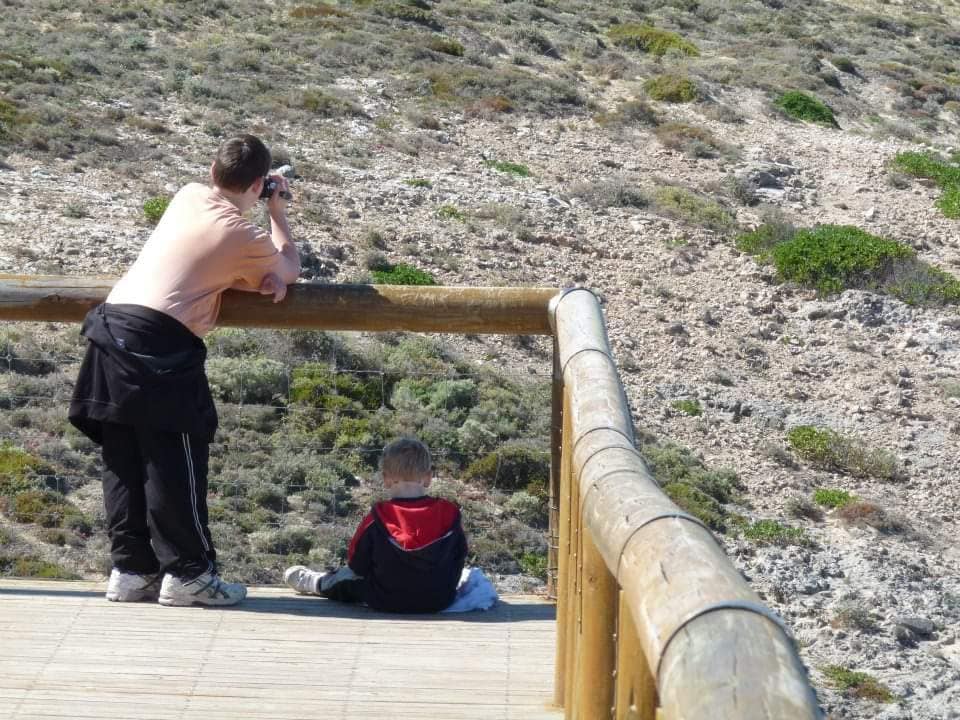
As I start my research for this story, I am immersing myself in all sorts of documentaries, movies and books about the ocean. It’s reminding me of why it’s so important that we protect our oceans. About 71% of Earth’s surface is water, and the oceans hold about 96.5% of all Earth’s water. Our oceans are weather makers, storm bringers, and the cradle of life.
Did you know the land and oceans work in synergy? Oceans create clouds and rain that washes across nutrient rich forests and soil and finds its way back to oceans once again.
Tiny Plankton make up 95% of ocean life and are the base of aquatic food webs. There are more Plankton in oceans than stars in the sky. As well, they create half of the atmosphere’s oxygen through photosynthesis and help absorb carbon emissions. They are critical to all life on Earth.
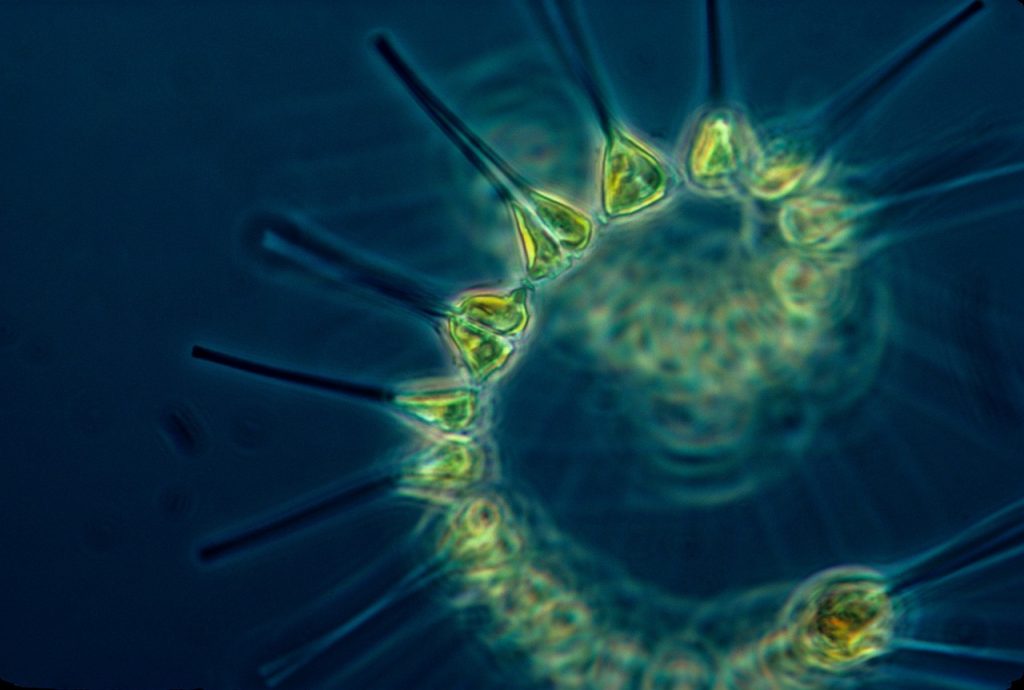
Sadly, only 8% of oceans around the world are protected marine parks, and only about 3% are what are called ‘fully or highly protected’ areas. Raising the level of protection around the world could have a dramatic effect on biodiversity, fish populations and carbon dioxide levels. We need to protect at least 30% of the ocean to safeguard marine biodiversity and build ocean resilience.
The oceans are truly at the heart all life, from the tiniest of organisms to the largest of whales, and critically, for our own futures, we must prevent further warming and other damage to oceans and their incredible ecosystems, to sustain not just life beneath the ocean, but indeed all life on earth.
Things we can do now:
1. Reduce our use of plastics and chemicals that make their way into oceans
2. Don’t use products containing microplastics
3. Support campaigns to remove deadly gill nets
4. Support projects helping to rebuild our marine protected areas and develop more protected marine parks
5. Help clean up beaches
6. Support campaigns to abolish seismic blasting Special Prospecting Authority permits
7. Abide by rules about fishing and boating, and don’t let your rubbish enter the ocean
8. Reduce your carbon emissions and support large-scale projects to slow global warming
9. Learn as much as possible and educate children and young people in ways that will engage and inspire them about the remarkable life within our oceans and what we can do to preserve it for everyone’s future.
Together, we can create our own upswell and make a difference
Here are just a small number of fantastic organisations to follow and support Greenpeace Australia Pacific WWF-Australia Sea Shepherd Australia Great Barrier Reef Foundation Surfrider Foundation Australia Australia Zoo Australian Marine Conservation Society Australian Marine Wildlife Research & Rescue Organisation Inc. (AMWRRO) The Wilderness Society
Helen
